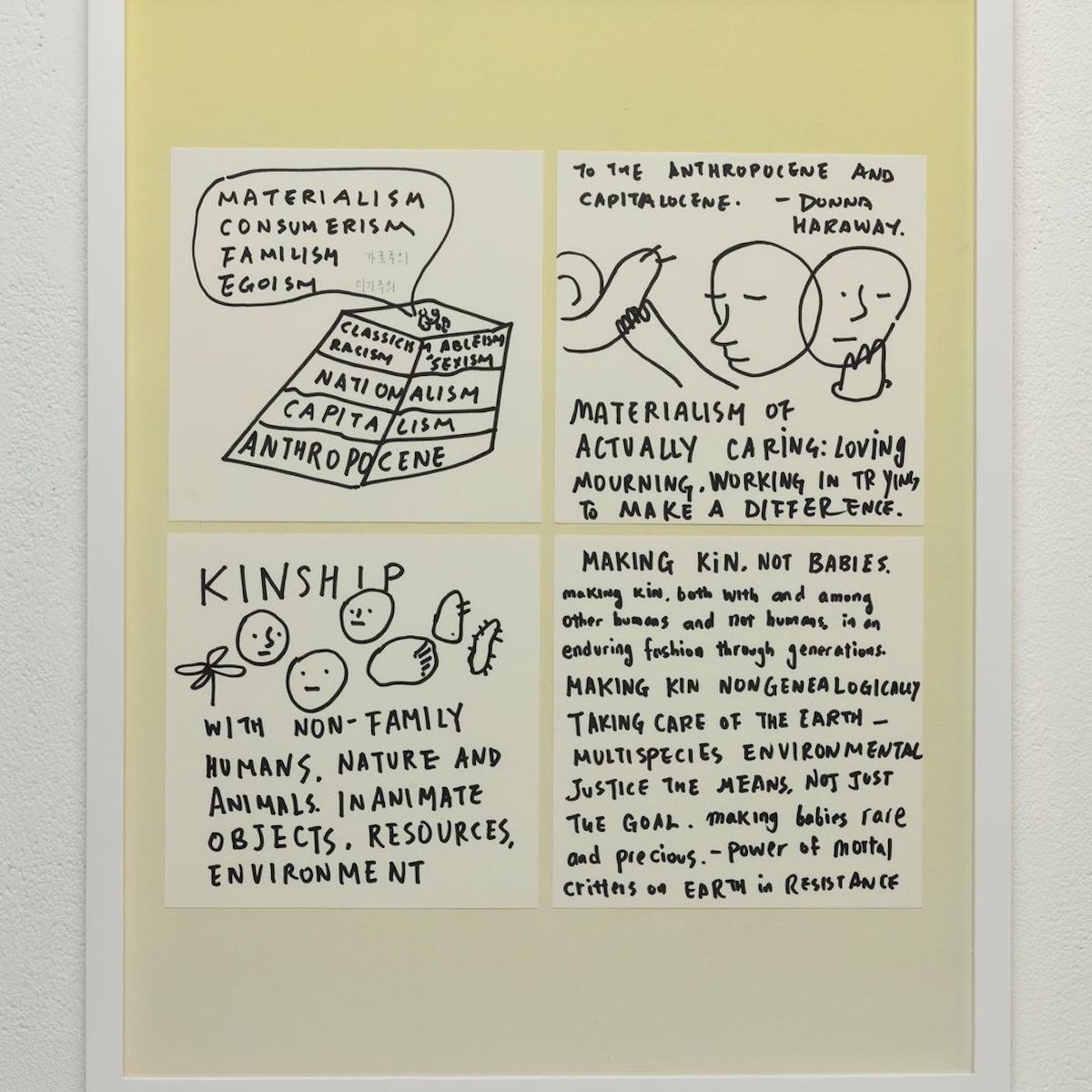Animistic Emotionally Durable Design
In my research I found two approaches who fit very well together. On is about the exploration of animism in digital technology and the other one is about designing things to which we can have meaningful relationships.
This project, or my work here, is not the first and probably not the last approach to bringing animism and design together. Most notably are the theoretical works of Brenda Laurel and Betti Marenko who put much thought into this. They have a very specific approach, coming from critical theory and going towards new materialism. New materialism thinks about matter as more than just passive stuff and instead perceives it as a complex and highly active other-than-human element. On the other end, I found Jonathan Chapman’s work on emotionally durable design very powerful. The core message is that trash is just a failed relationship between us and the things we discard.
There is a subtle link between the theoretical approach of Marenko. the practical approach of Chapman and my intentions. I want us to live in a world, where we perceive the things we surround ourselves with as complex and beautiful actants that co-create our lives as we do their existence. That needs change to happen in two areas; We need to learn to perceive the world and the things it contains as such and we need to be able to express that.
What follows are two categorizations from the two different approaches. I find them interesting and inspiring when I try to think about animistic design.
Betti Marenko’s Neo-Animism
Agency “Rather than considering only subjects as active, and objects as passive, animistic design explicitly considers objects on an equal stand with subjects, as all agents that ‘do’ things. Agency is not something that objects a priori have; it is not an innate property. Agency is conceptualized as a relational concept instead, as being actualized, embodied in the relationship between the object and the broader ecology in which it is interacting.” (Zaman et al., 2018)
Embodiment “Embodiment is critical to the animistic design approach because it creates a physical milieu for a person to use their spatial perception to organize ideas from each actant, tangibly manipulate the actants and what they represent, and participate as a social actor with the actants.” (Marenko & van Allen, 2016)
Ecology “An animistic design perspective challenges interaction designers to design for an expressiveness of animated objects with intent, while positioning them in a wide ecology of human-object entanglements.” (Zaman et al., 2018)
Uncertainty “Instead of aspiring control and creating pre-defined, predictable human-computer interactions, animistic design embraces the uncertainty that emerges when various agents creatively engage in and co-create different realities.” (Zaman et al., 2018)
Emotionally Durable Design
Relationships How can we build a relationship that is emotionally rich and engaging between products and users?
Narratives How can we build and capture narratives that exist between products and users?
Identity How does the identity of the product and the user coexist within the interaction journey?
Imagination How can we build imagination delight, intrigue, engagement within the product interaction journey?
Conversations How can we create conversations between products and users?
Consciousness How can we create a sense of consciousness within the product interaction journey?
Integrity How can we build integrity both the physical integrity and emotional quality into the product?
Materiality How does the materiality of the product develop and change over time through use?
Evolvability How can the product evolve with the user?
These are directly taken from the Emotional Durability Design Nine, a framework to think about how to create healthier user-product bonds. (Haines-Gadd et al., 2018)
Why do we need something like that?
Animism involves interaction with other-than-human things treating them as quasi subjects.
I hope and I hypothesize that an animistic approach can have two effects. The first one is very practical. If an animistic design can forge stronger bonds between user and product, leading to longer usage times, there will be less turnover. In the case of electronics that means less unrecyclable trash and fewer mining observations, which is good for the environment. The second effect is highly utopian. It is about imagining another relationship to technology. The way we interact with tech is mainly designed by the companies we get the technology from. But as I’ll show in my analysis, it’s not always in our nor in the planet’s best interest. I want us to have a relationship to technology as we can have with plants or pets. Respectful, caring, knowing that they form us as we form them. I hope that an animistic design approach can lead in that direction.
What practical knowledge do designers need to enable them to create meaningful interactions between users and their devices, thus strengthening the emotional bond, leading to longer product usage?
Sources
Haines-Gadd, M., Chapman, J., Lloyd, P., Mason, J., & Aliakseyeu, D. (2018). Emotional Durability Design Nine—A Tool for Product Longevity. Sustainability, 10(6), 1948. https://doi.org/10.3390/su10061948
Marenko, B., & van Allen, P. (2016). Animistic design: How to reimagine digital interaction between the human and the nonhuman. Digital Creativity, 27(1), 52–70. https://doi.org/10.1080/14626268.2016.1145127
Zaman, B., Van Mechelen, M., & Bleumers, L. (2018). When toys come to life: Considering the internet of toys from an animistic design perspective. Proceedings of the 17th ACM Conference on Interaction Design and Children, 170–180. https://doi.org/10.1145/3202185.3202745
